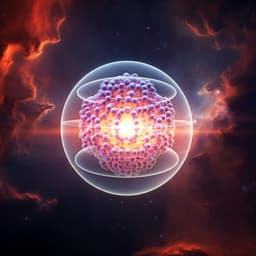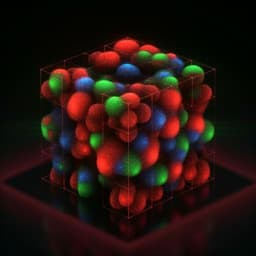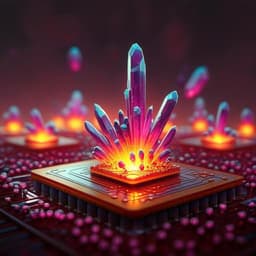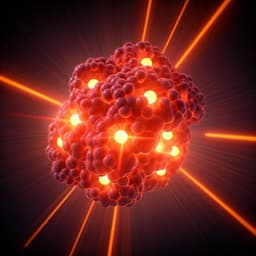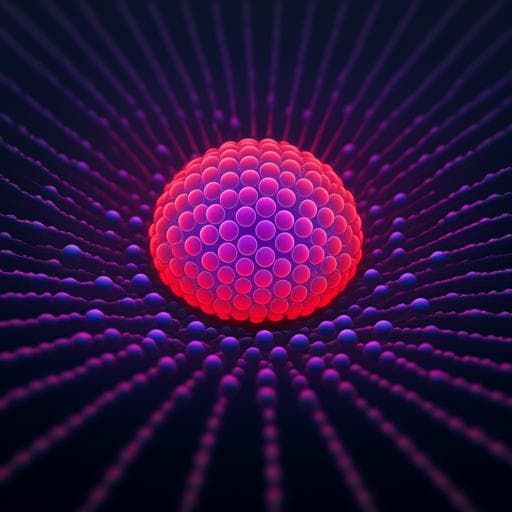
Engineering and Technology
Strain-graded quantum dots with spectrally pure, stable and polarized emission
D. Jung, J. W. Park, et al.
Explore the groundbreaking work of Dongju Jung and colleagues as they reveal how structural deformation in strain-graded CdSe-ZnSe quantum dots enhances optical properties, enabling stable photon emission across the visible spectrum with near-unity efficiency. This innovative research leverages elastic deformation for advanced photonic applications.
~3 min • Beginner • English
Related Publications
Explore these studies to deepen your understanding of the subject.



